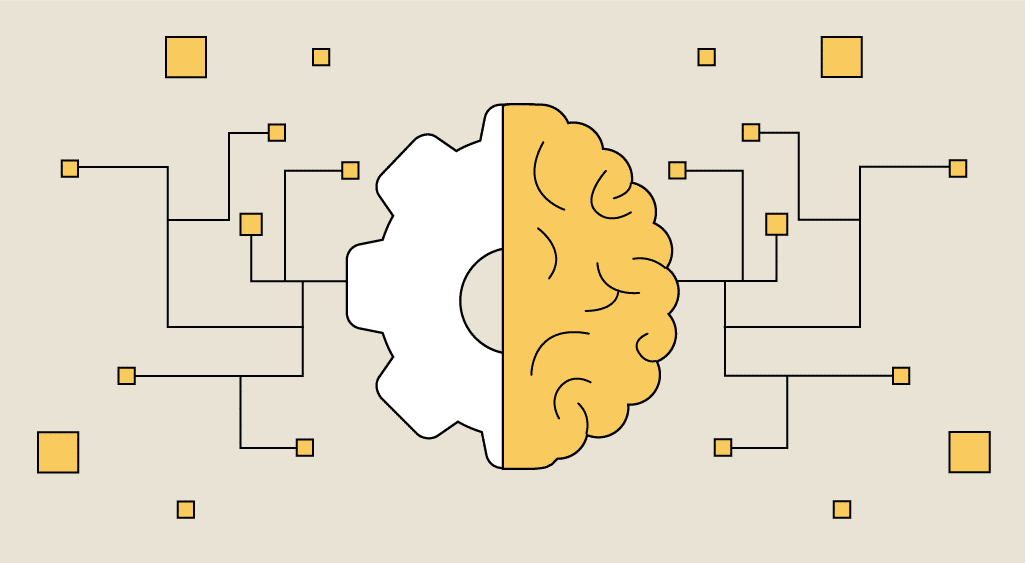Introduction to Machine Learning with Python
Get started with ML using Python and build your first model.

Get started with ML using Python and build your first model.

Learn the basics of machine learning and build a simple model using Python.
Machine learning is a subset of AI that enables systems to learn from data. This post covers supervised learning, where models predict outcomes based on labeled data, using Python and scikit-learn.
Install necessary libraries:
pip install scikit-learn numpy pandas matplotlibUse the Iris dataset:
from sklearn.datasets import load_iris
import pandas as pd
iris = load_iris()
df = pd.DataFrame(iris.data, columns=iris.feature_names)
print(df.head())Split into training and testing sets:
from sklearn.model_selection import train_test_split
X = df
y = iris.target
X_train, X_test, y_train, y_test = train_test_split(X, y, test_size=0.2)Use a K-Nearest Neighbors classifier:
from sklearn.neighbors import KNeighborsClassifier
from sklearn.metrics import accuracy_score
knn = KNeighborsClassifier(n_neighbors=3)
knn.fit(X_train, y_train)
y_pred = knn.predict(X_test)
print("Accuracy:", accuracy_score(y_test, y_pred))Plot a confusion matrix:
from sklearn.metrics import confusion_matrix
import matplotlib.pyplot as plt
import seaborn as sns
cm = confusion_matrix(y_test, y_pred)
sns.heatmap(cm, annot=True)
plt.show()Machine learning with Python is accessible and powerful. Experiment with different algorithms and datasets to deepen your understanding.